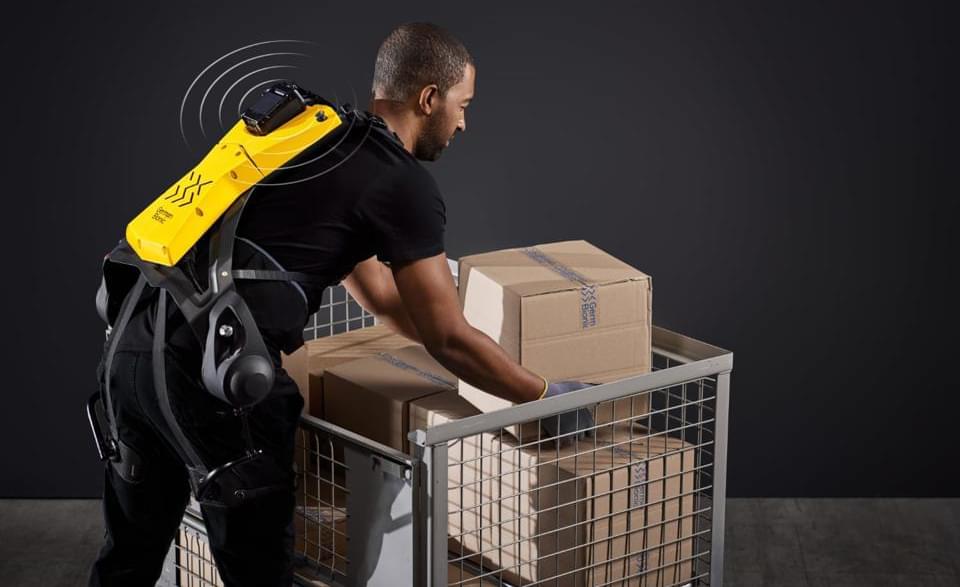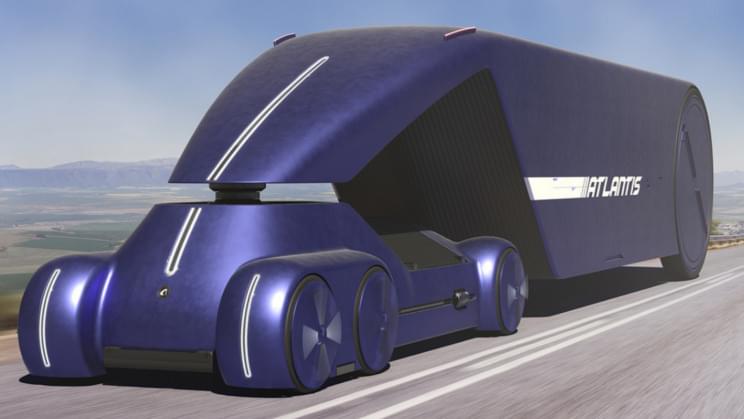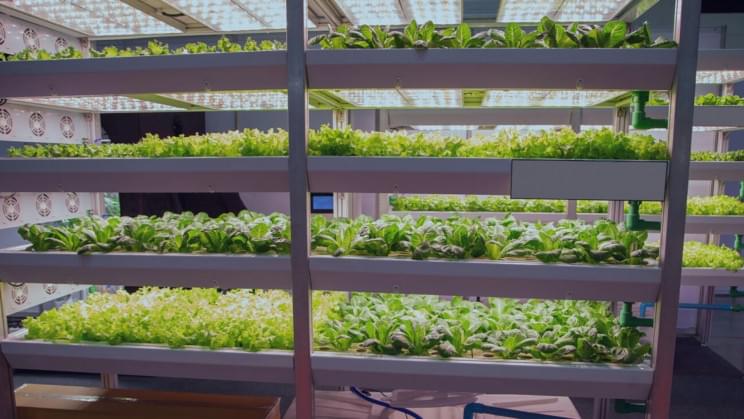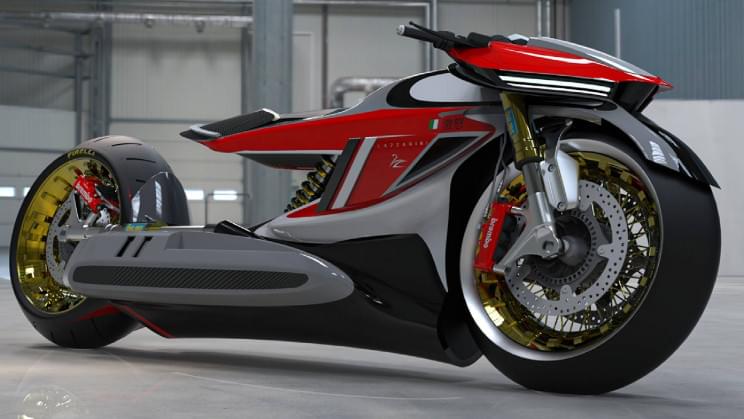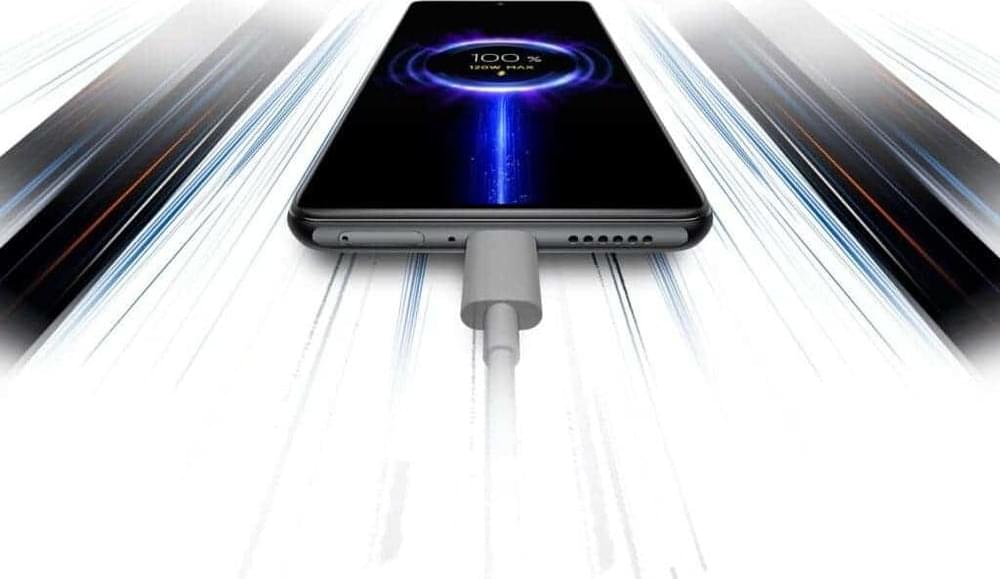What a challenge COVID-19 has had on our global supply chains, exposing vulnerabilities in production capacity, shipping logistics and in particular last mile enablements. According to a recent report of Technavio, the last mile delivery market will grow to USD $14.96B from 2021 to 2025, with a CAGR of 15.06%. Also according to tier one market research firm, Gartner Group, by 2023, 50% of leading global enterprises will have invested in real-time transportation visibility solutions.
Last mile delivery is defined as the transportation of goods and services from a distribution hub to the final customer destination, within a reasonable time at an affordable rate and in mint condition. Supply chain focus on the last mile has significantly become top of mind given the COVID-19 global pandemic, as organizations have had to refresh/rethink their conveyance systems and develop new creative strategies to build more proficient conveyance intelligence.
In times of unprecedented challenges, especially in the past two years, companies are accelerating their investments in robotics, trade channel expansion, laser precision targeted product and supply chains, and last mile intelligence systems.

